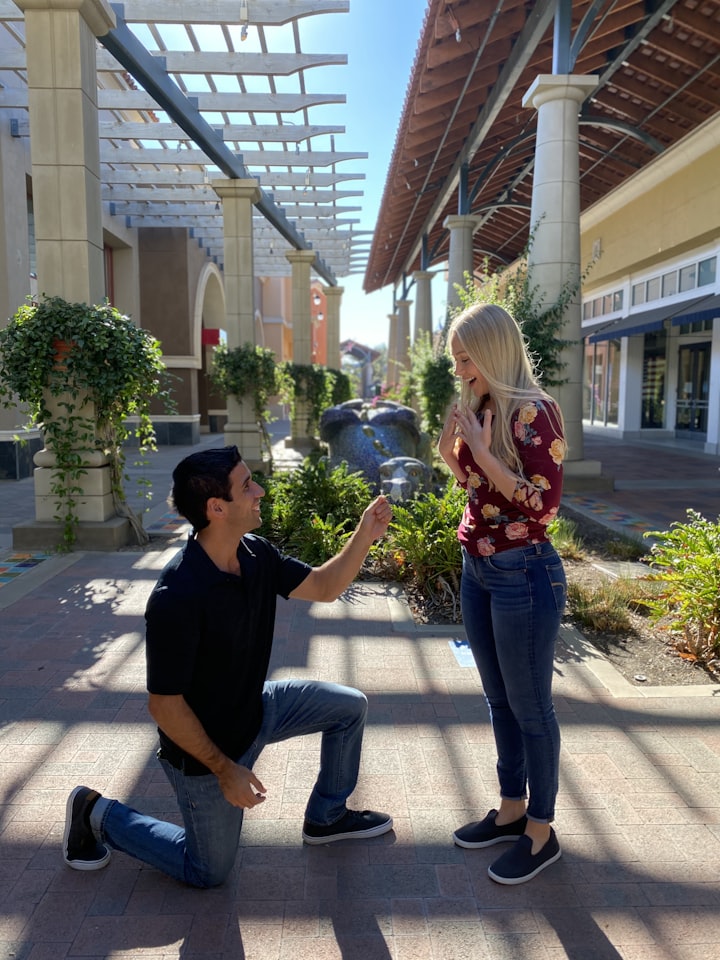Romantic Love Is An Addiction.
Biological and evolutionary explanations for love addiction.

Anthropologist Helen Fisher and colleagues made a significant contribution to theories of love as an addiction through their research on mammalian brains.
Fisher and colleagues found that people in various stages of love present with activity in the reward system region of the brain also activated in people with cocaine and gambling addictions.
Background.
Love and dependency were discussed in Peele and Brodsky‘s 1975 book, ‘Love and Addiction’, where romantic love was compared to drug addiction. Looking at love from a dependency perspective, hormones, neurotransmitters, and consequent behaviours are considered.
Falling in love is very similar to falling into substance abuse, it sneaks up on you and takes hold of all logic and reason even when red flags are waving, the physical yearning and dependency drive you back to that love or substance.
A 2005 model reflected on six components of dependency when conceptualizing internet and gambling addiction:
Salience — the object of love is their priority.
Tolerance — an increasing need to be with or think about the person.
Mood modification — reliance on the love interest to stabilize mood.
Relapse — difficulty not thinking or being with the person they love.
Withdrawal — mental and physical symptoms of withdrawal.
Conflict — conflicts with activities such as friends, work, and hobbies.

Biology.
The reward system of the brain, including the areas for emotional regulation and motivation, is activated in substance abusers and when people are in love, particularly in the early stages. This dopaminergic system is connected to wanting, obsession, attachment, motivation, focus, and craving.
Let’s take a tour through the brain in love:
The right ventral tegmental area (VTA) — The VTA is reward-seeking and produces and manages the release of dopamine.
The caudate nucleus — Key in the learning, memory, and reward functions of romantic interactions.
Nucleus accumbens — The region active in every addiction and responsible for pair bonding.
Norepinephrine — The hormone released right from the meeting of the new love, bringing energy and excitement into the relationship.
Dopamine — A neurotransmitter that produces feelings of pleasure, motivation, and reward.
Serotonin — Regulates mood, desire, and social behaviours, and drops when people are in love, leading to obsessive-compulsivity.
Oxytocin — A hormone responsible for feelings of intimacy, trust, empathy, and bonding.
Cortisol — the stress hormone drops during sex, initiating vulnerability, and increasing feelings of trust and safety.
Evolution.
Functional MRI scans on 32 people who had either recently fallen or been rejected in love demonstrated greater activity in the regions related to anger and obsession which suggests those feelings direct reproduction.

This connection between love and the brain explains ‘love at first sight’ where the survival system activates fear and attachment, and long-term relationships in the activation of focus and motivation through the reward system.
Dating & Attraction.
Dr Helen Fisher says our brains have to be ready for falling in love and beyond the stage of lust-driven decision-making. People consistently make two key mistakes when dating:
Binge Dating — The human brain can not deal with multiple dating options; our minds will literally give up altogether.
Negative Bias — Thinking of reasons to say no can push away relationships with good potential.
Dr Fisher recommends taking your time and combatting negative biases with positive illusions or enhanced views on the relationship’s level of satisfaction and conflict.
According to evolution, traits and hormones partly explain why people are attracted to one another. Although we express all systems, and they can change over time, most people fall more intensely within a specific set of traits.
People high in dopamine and serotonin traits are attracted to similar people, and those high in testosterone and estrogen traits are attracted to people with opposite traits:
Dopamine — risk-taking, curious, creative, doesn’t follow the rules.
Serotonin — traditional, conventional, respects rules and authority.
Testosterone — analytical, logical, direct, decisive, structural.
Estrogen — holistic, imaginative, long-term thinkers, good at evaluating people.
Consider your current or past partners and how their traits worked or didn't work with yours, are you a high serotonin traditional person who is attracted to similar people but tends to end up with non-traditional risk-takers? Maybe your hormones and neurotransmitters make better decisions than you?
Treatment.
What if your love addiction causes significant distress for yourself or others? This is where treatment for love addiction may be necessary.
Perhaps you know someone who keeps ending up in toxic relationships but does not recognize their own input in that toxicity, even if it's simply their taste in the same type of ‘wrong person’.
Further studies are needed, but researchers are investigating the use of oxytocin to treat and prevent addiction following neuroimaging studies that compare the brains of people struggling with love or drug addictions.
Thanks for reading ❤.
About the Creator
writemindmatters
Writing about all matters of the mind, narcissism, personality disorders, parenting, writing, naturopathy, nutrition, and hopefully chapters from fantasy books I'll one day write.






Comments
There are no comments for this story
Be the first to respond and start the conversation.